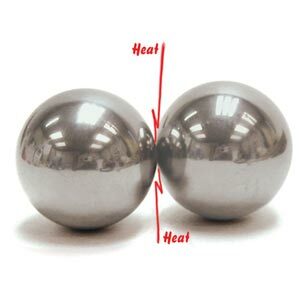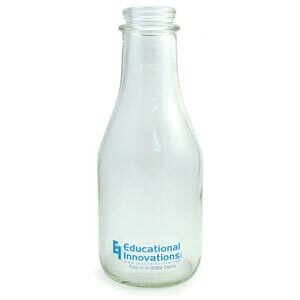 by: Martin Sagendorf
by: Martin Sagendorf
An Easy Question: Which is warmer – which is cooler?
In the strictest sense, it’s a matter of energy. And we use temperature as a measure of energy level. As we all know, the greater the energy level, the higher the temperature… But, although this is absolutely true; sometimes it’s not exactly what we perceive in everyday life. When asked, we all can testify that when we touch a piece of metal we’ll say it feels cold. But is it really cold? Is it or isn’t it ‘cold’?
The Answer Is…
… very simple. If the piece of metal is at room (ambient) temperature it cannot be ‘cold’ – it must be at the same temperature as the temperature of the room.
But First:
Let’s discuss ‘perceived temperature’: this is what we ‘think’ the temperature is. It isn’t always the actual temperature (of the object we touch). Thus we enter a wonderful combination of both physics and biology. Physics describes the absolutes. Biology describes the biological reactions (interpretations) of our physical world.
It’s a matter of thermal conductivity and our nerves. Some materials are good conductors of heat (energy) and some are not. Our nerves sense only temperature – so if thermal energy is rapidly removed from the tissues surrounding our nerve endings (like at our finger tips), our nerves sense that the temperature ‘they feel’ is cooler – e.g. the material is removing thermal energy from the body tissue surrounding the nerve ends at a rate faster than our body can re-supply energy to the tissues – thus our nerves sense this as ‘cooler’.
Now:
A truly illustrative and memorable way to present the question: Read the rest of this entry »



 Posted by Tami O'Connor
Posted by Tami O'Connor 

 by: Tami O’Connor
by: Tami O’Connor
